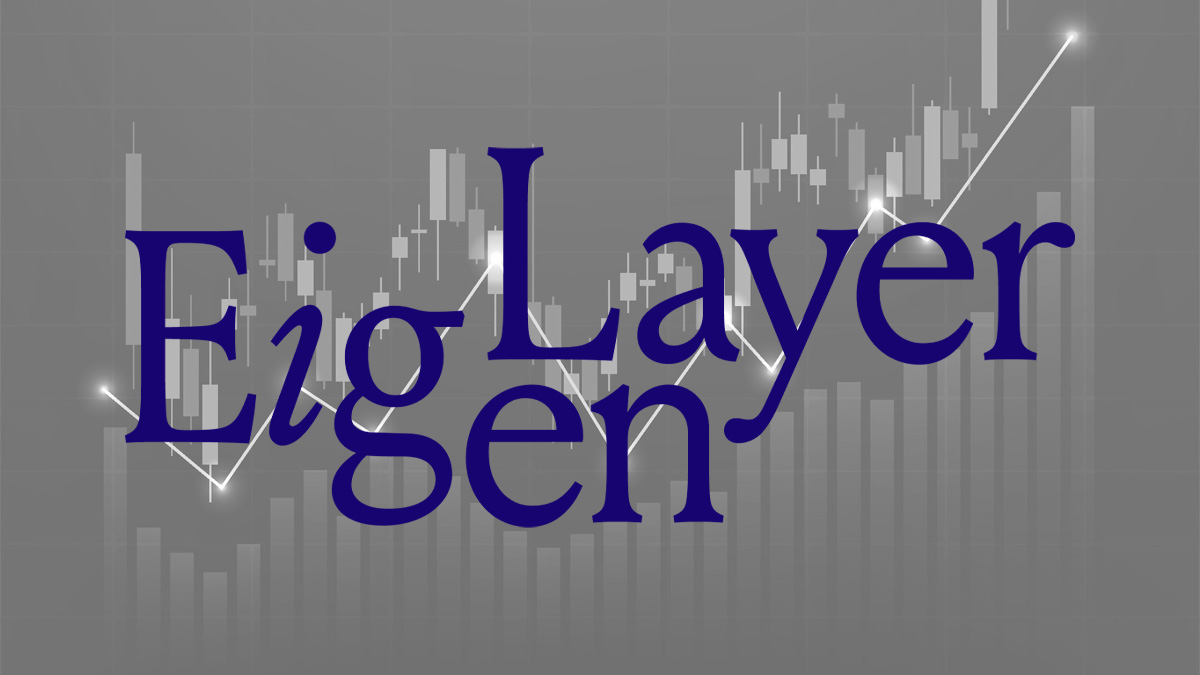EigenLayer Surpasses Aave, Becomes Second-Largest DeFi Protocol
TL;DR EigenLayer’s Growth: EigenLayer has overtaken Aave as the second-largest DeFi protocol, reaching an all-time high TVL of $11 billion, a significant 844.6% increase since the beginning of 2024. Restaking Debate: The protocol’s innovative restaking feature, particularly for tokens like stETH, has sparked a community debate on the implications of restaking and how TVL should be ... Read more

TL;DR
- EigenLayer’s Growth: EigenLayer has overtaken Aave as the second-largest DeFi protocol, reaching an all-time high TVL of $11 billion, a significant 844.6% increase since the beginning of 2024.
- Restaking Debate: The protocol’s innovative restaking feature, particularly for tokens like stETH, has sparked a community debate on the implications of restaking and how TVL should be measured.
- Industry Dynamics: The rise of EigenLayer amidst controversies and the departure of Aave’s risk manager highlights the evolving and competitive nature of the DeFi industry, emphasizing the need for transparency in TVL reporting.
EigenLayer has surpassed Aave to become the second-largest DeFi protocol by total value locked (TVL). This milestone underscores the rapid growth and adoption of restaking protocols within the blockchain ecosystem. As of March 5, 2024, EigenLayer achieved an all-time high TVL of $11 billion, overtaking Aave’s 21-month high of $10.7 billion, according to DeFiLlama.
This significant leap positions EigenLayer just behind Lido, the current leader in the DeFi space. The surge in EigenLayer’s TVL is attributed to its recent decision to temporarily remove the staking cap, which led to a 382.5% increase in TVL.
EigenLayer’s ascent began at the start of 2024 with a TVL of $1.1 billion, marking an impressive 844.6% year-to-date growth. The protocol’s innovative approach allows users to restake their staking-derived tokens, such as Lido Staked ETH (stETH), which has sparked a debate within the community.
While some Ethereum developers express concerns over potential excessive leverage, proponents argue that it offers additional rewards for those who have already staked their ETH. The protocol’s success has also drawn attention to the way TVL is measured and reported.
The Debate Over TVL Measurement: EigenLayer’s Controversial Growth

Critics, including Solana Foundation strategy head Austin Federa, question whether restaking TVL should be counted when staking-derived assets like stETH are technically locked on another protocol. This discussion highlights the complexities of evaluating the economic impact of DeFi protocols.
Despite the controversy, EigenLayer’s user base has grown to over 115,000 unique depositors, with Wrapped Ether (wETH) and stETH constituting 74% of the staked tokens. WETH alone accounts for just over 41% of tokens locked on EigenLayer, while stETH comprises just over 30%.
In contrast, Aave has faced challenges, including the departure of its long-time risk manager Gauntlet over claimed difficulties with the largest stakeholders. This event occurred shortly after Gauntlet signed a one-year, $1.6 million contract with Aave and subsequently partnered with rival DeFi lending protocol Morpho.
The rise of EigenLayer and the ongoing discussions around TVL metrics reflect the dynamic nature of the DeFi industry. As protocols continue to innovate and compete, the landscape of decentralized finance is poised for further evolution and growth. The community’s focus on transparency and accurate reporting will be crucial in maintaining trust and fostering sustainable development in this burgeoning sector.







